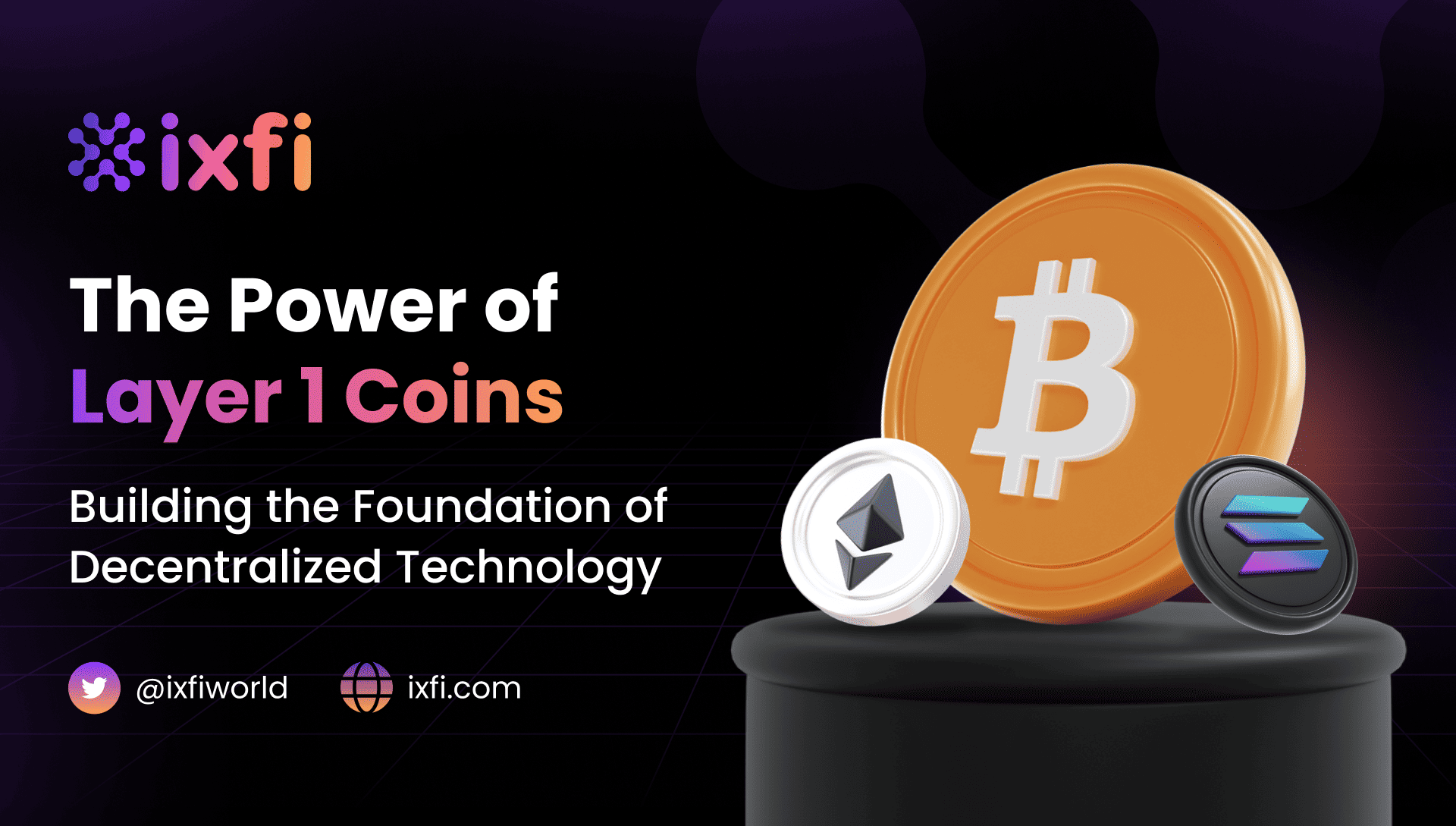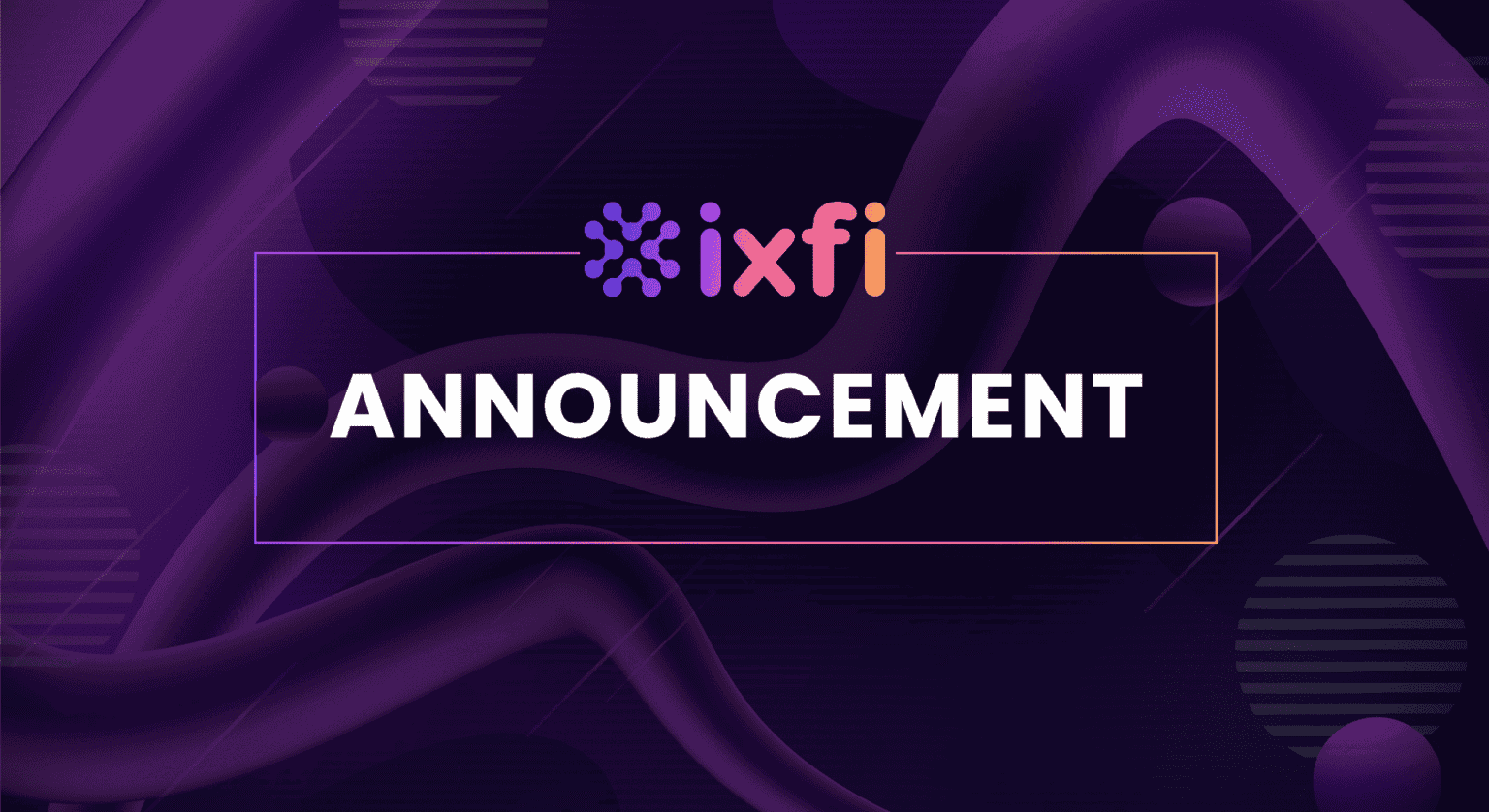Key points:
- Discover the importance of Layer 1 Coins in the Blockchain world
- Explore the top Layer 1 Coins, their use cases, and consensus mechanisms
- Learn how Layer 1 Coins shape the future of decentralized technology
The world of cryptocurrencies is vast, and among the thousands of digital assets, Layer 1 Coins hold a significant position. These coins serve as the foundation of Blockchain ecosystems, enabling various applications and facilitating decentralized technology. This article will dive deep into the realm of Layer 1 Coins, exploring their importance, top projects, and their role in shaping cryptocurrencies’ future.
What are Layer 1 Coins?
Layer 1 Coins refer to the native cryptocurrencies of a Layer 1 Blockchain, the primary infrastructure supporting the entire network. These coins function as a means of payment, governance, and utility within their respective ecosystems. Examples of Layer 1 Coins include Bitcoin (BTC), Ethereum (ETH), and Solana (SOL), among others. These projects have unique consensus mechanisms, use cases, and technical capabilities, which are critical to their growth and adoption.
Importance of Layer 1 Coins
Layer 1 Coins play a vital role in their respective ecosystems for several reasons:
- Security: Layer 1 Coins help maintain the security and integrity of their Blockchain networks by incentivizing miners and validators to verify transactions and maintain the network.
- Governance: Many Layer 1 Coins also act as governance tokens, allowing holders to vote on proposals and influence the project’s direction.
- Utility: Layer 1 Coins are often used to pay network fees, such as transaction costs or Smart Contract execution, making them essential for the network’s smooth functioning.
Top Layer 1 Coins and their use cases
1) Bitcoin (BTC)
Bitcoin is the first and most well-known Layer 1 Coin, and it introduced the concept of digital currencies to the world and has since become a popular store of value and medium of exchange. Its primary use case is as a decentralized digital currency that enables peer-to-peer transactions without intermediaries like banks.
2) Ethereum (ETH)
Ethereum is another popular Layer 1 Coin that has pioneered the development of smart contracts and decentralized applications (dApps). Ethereum’s primary use case is to enable developers to create and deploy dApps on its Blockchain, making it a platform for innovation and decentralized technology.
3) Solana (SOL)
Solana is a high-performance Layer 1 Blockchain that aims to provide fast, secure, and scalable solutions for decentralized applications. It boasts a unique consensus mechanism called Proof of History, which enables faster transaction processing and higher throughput than many other Blockchains. Its primary use case is to support high-performance dApps that require quick and efficient transaction processing.
4) Cardano (ADA)
Cardano is another Layer 1 Blockchain that focuses on providing a more sustainable, secure, and scalable platform for decentralized applications. It uses a unique consensus mechanism called Ouroboros, which combines Proof of Stake with a new cryptographic technique to ensure security and efficiency. Cardano’s primary use case is to support dApps that require a more sustainable and scalable infrastructure.
Consensus Mechanisms of Layer 1 Coins
Layer 1 Coins often have unique consensus mechanisms that help secure their networks and maintain their integrity. Some common consensus mechanisms include:
1) Proof of Work (PoW)
This is the consensus mechanism used by Bitcoin and several other Layer 1 Coins. It requires miners to solve complex mathematical problems to validate transactions and create new blocks. The process is energy-intensive but has proven to be secure and reliable.
2) Proof of Stake (PoS)
Proof of Stake is an alternative consensus mechanism that requires validators to hold and lock a certain amount of the Layer 1 Coin to participate in the network’s validation process. This approach is less energy-intensive and more scalable than Proof of Work, making it a popular choice for many new Layer 1 projects.
3) Delegated Proof of Stake (DPoS)
This consensus mechanism is a variation of Proof of Stake, where holders of the Layer 1 Coin can delegate their staking power to validators, who then validate transactions and maintain the network. This system allows for more decentralized governance and reduces the barrier to entry for network participants.
Conclusion
Layer 1 Coins are crucial to Blockchain technology, providing the foundation for decentralized applications and innovations. As the space continues to evolve, the importance of these foundational digital assets will likely only grow. Investors and enthusiasts should closely monitor Layer 1 Coins and their developments as they shape the future of cryptocurrencies and the decentralized economy.
Trade BTC, ETH, SOL, ADA, and many other assets on ixfi.com!


